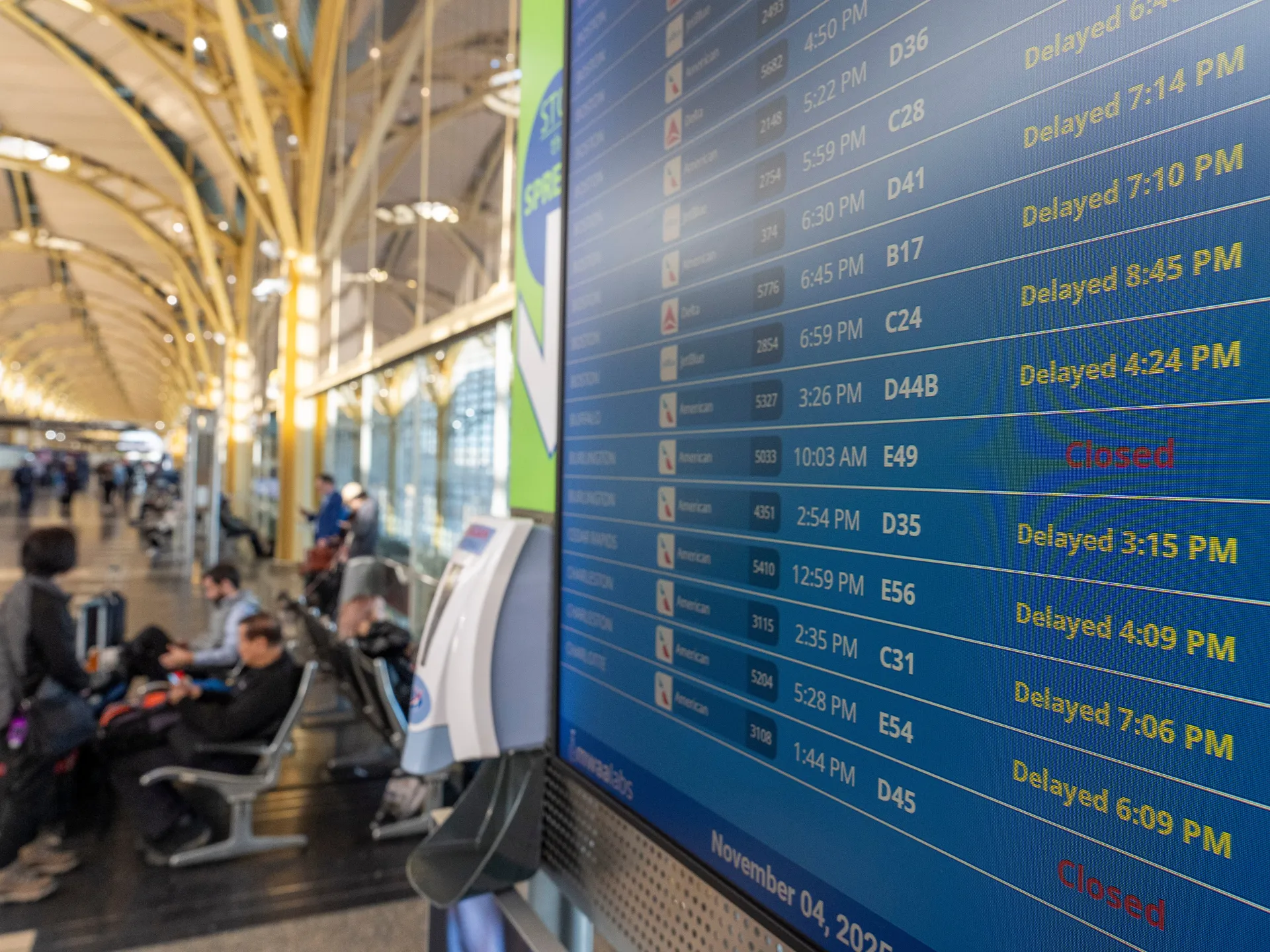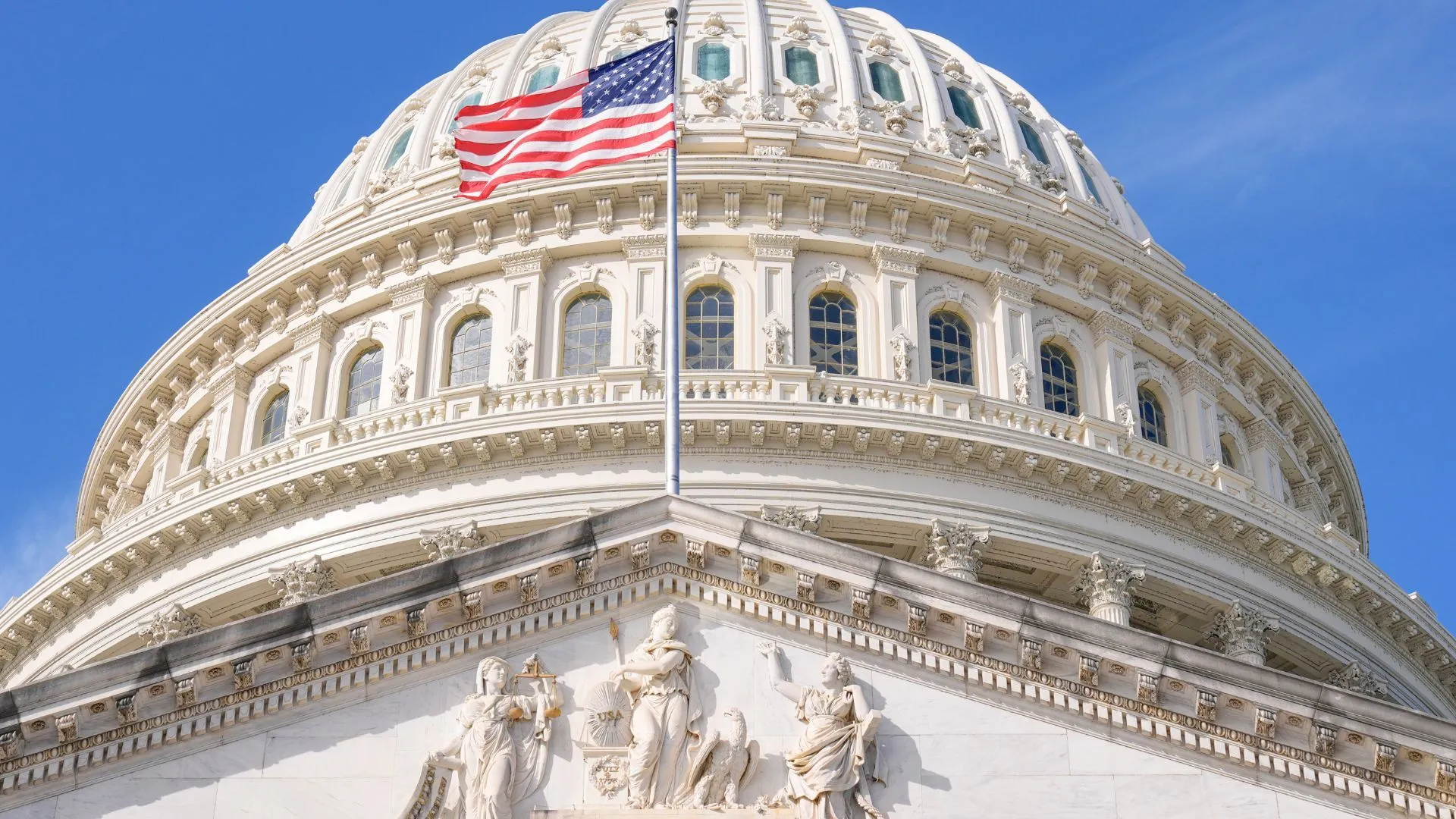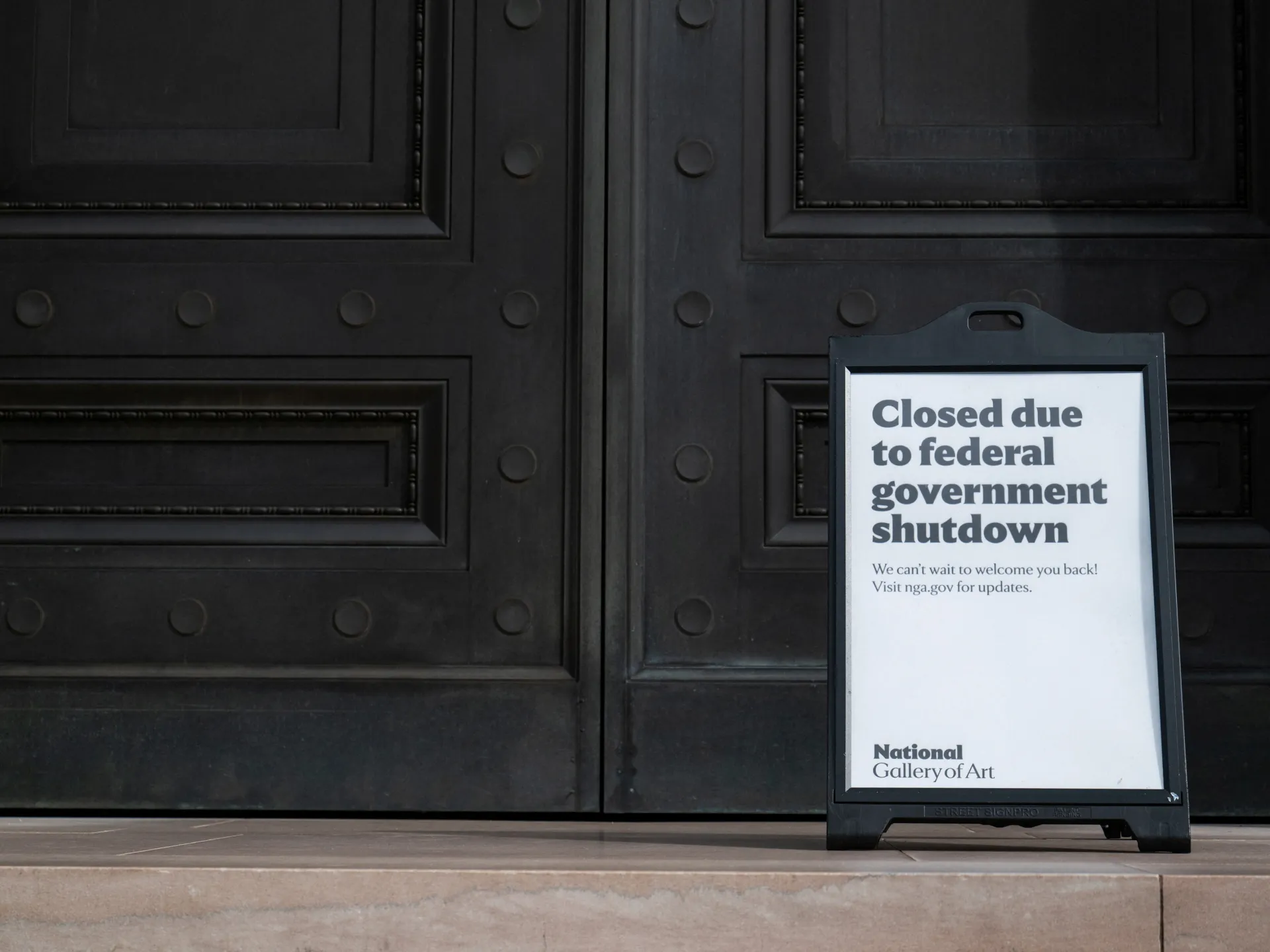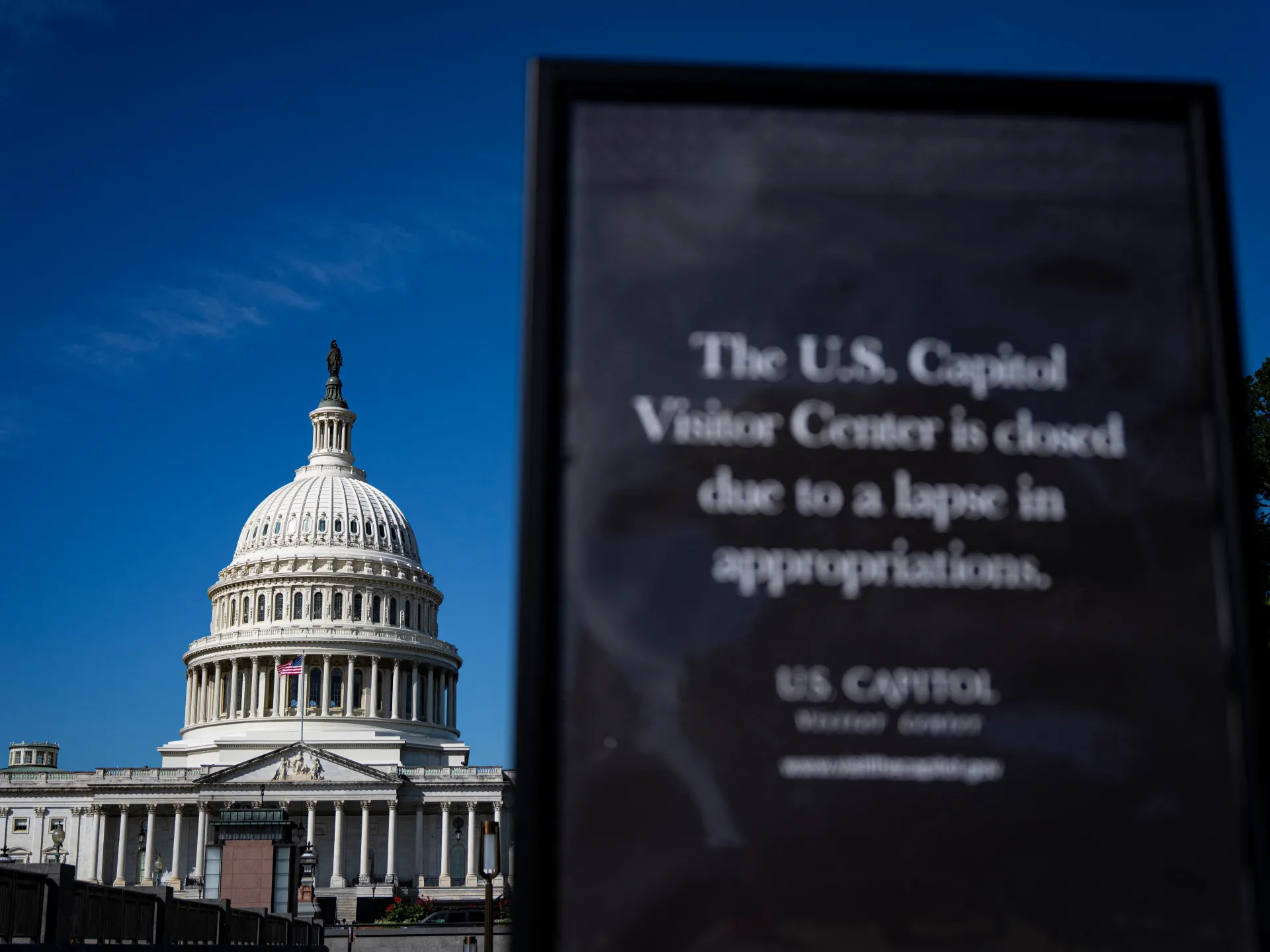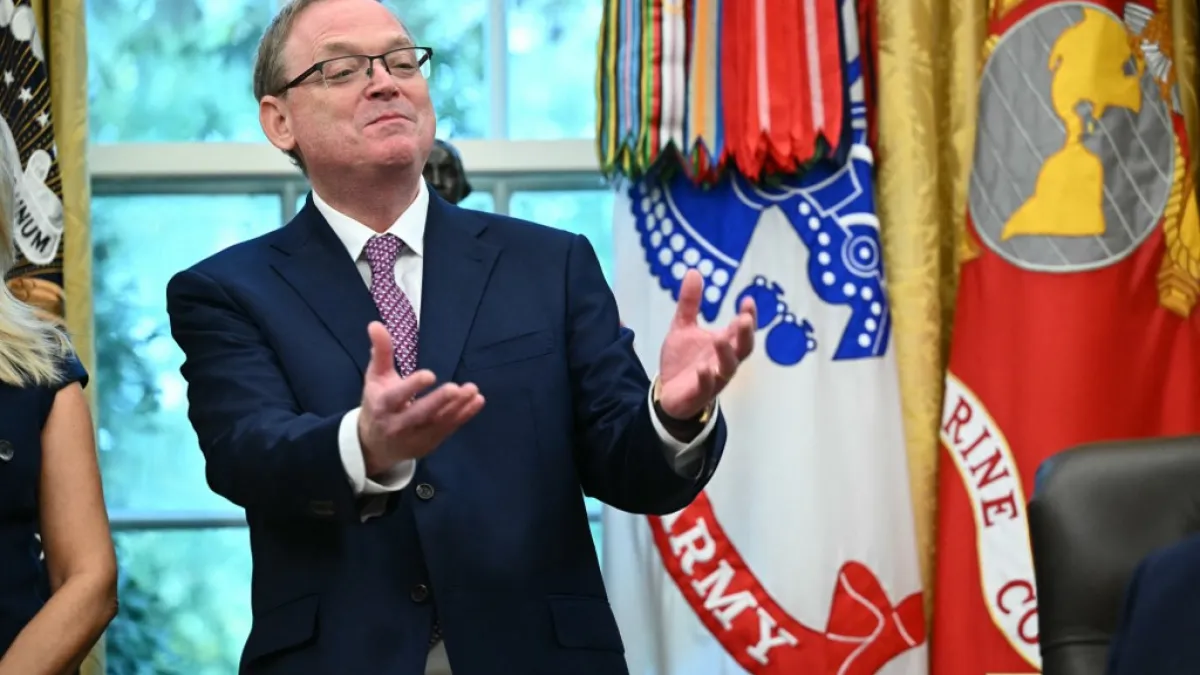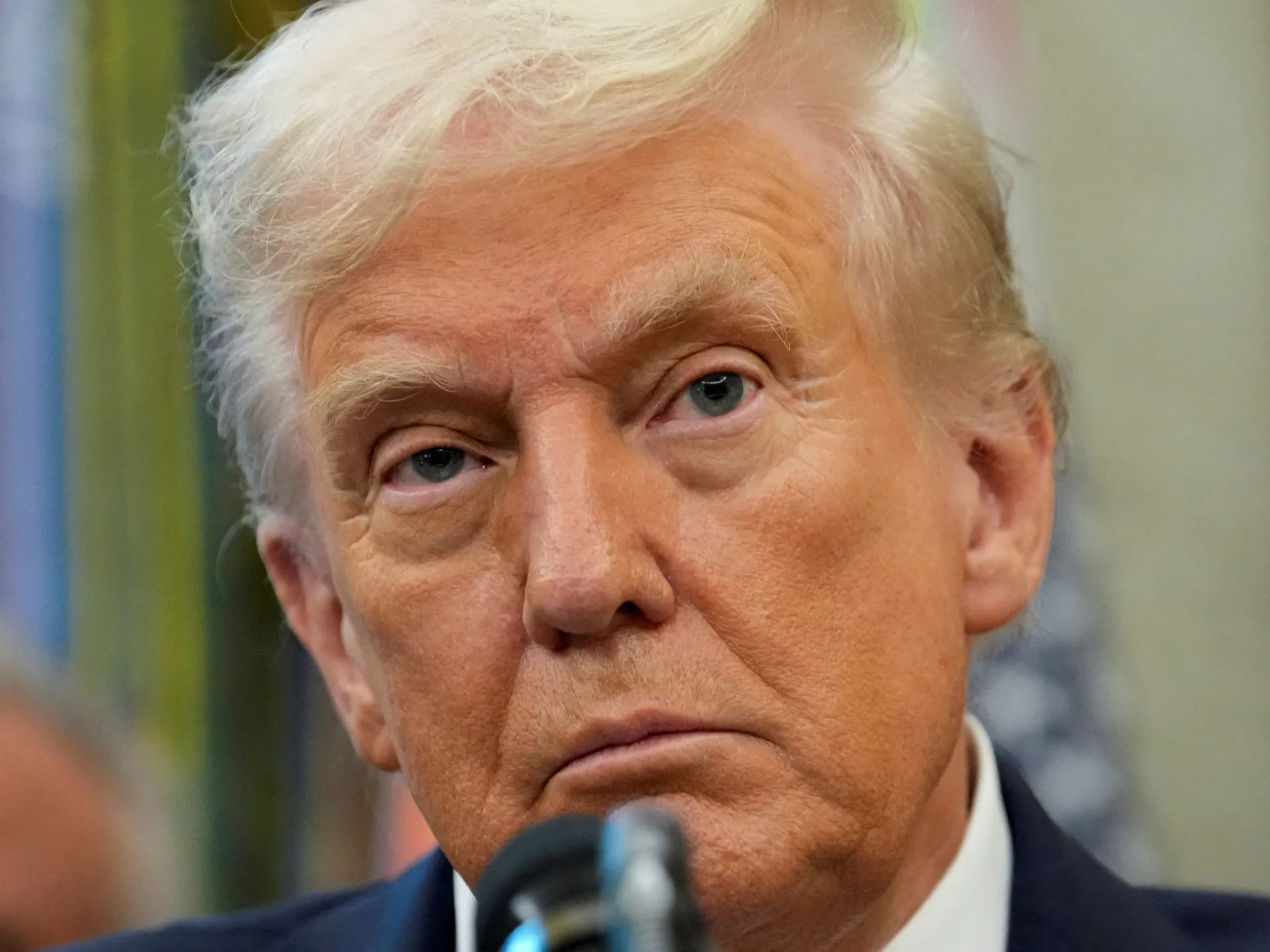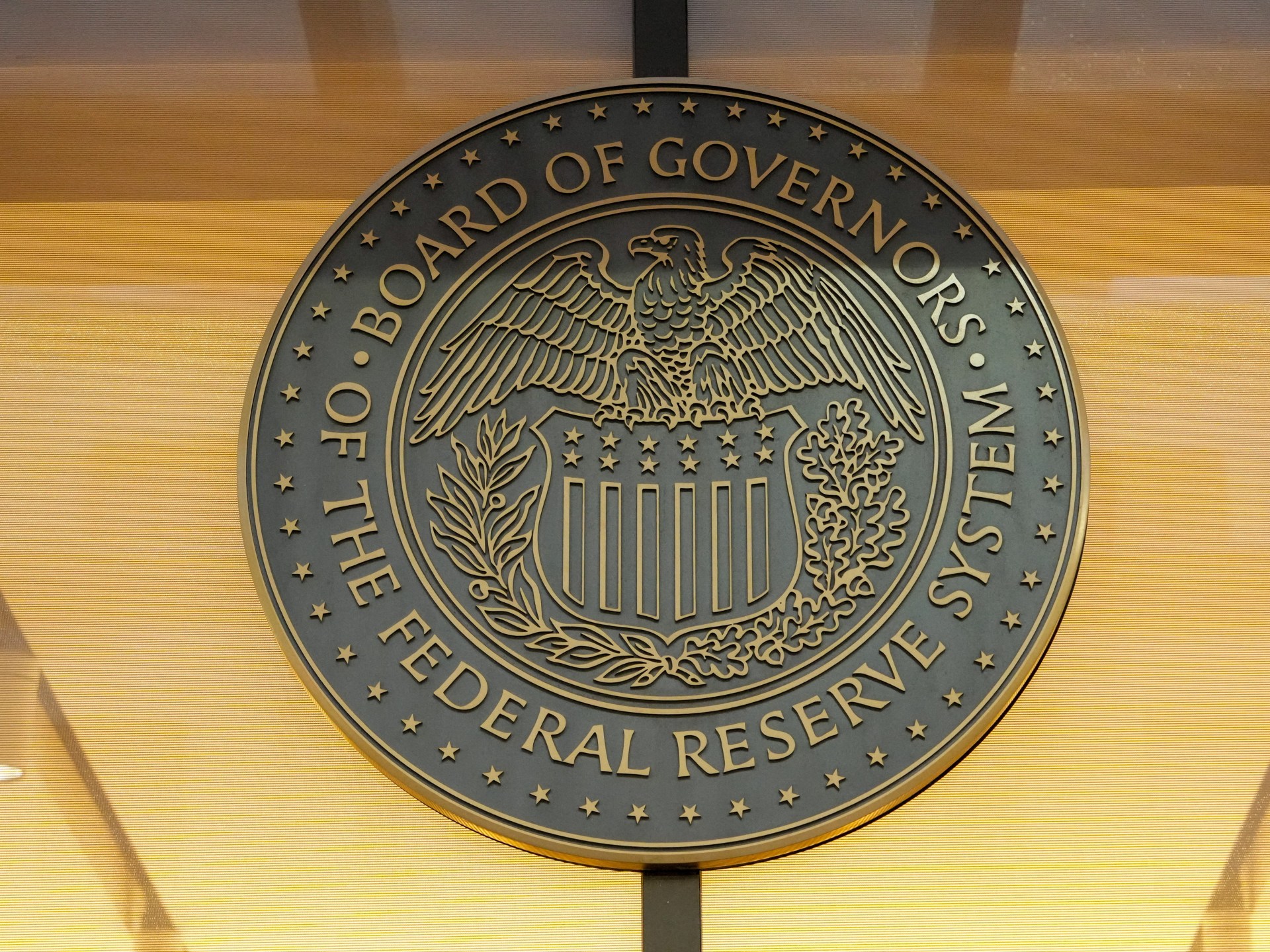The United States government is set to shut down unless Congress passes an appropriations bill to fund its operations.
Without this legislation, federal agencies will be forced to suspend nonessential activities starting on Wednesday at 12:01am in Washington, DC (04:01 GMT).
Recommended Stories
list of 4 itemsend of list
Although Republicans control the House of Representatives, Senate and White House, they cannot pass the bill on their own. While Republicans have 53 of the 100 seats in the Senate, 60 votes are needed to advance the bill to a vote.
Republicans have proposed a short-term spending plan, but Democrats have been trying to use the approaching shutdown as leverage. They are pushing to reverse Medicaid cuts included in tax legislation passed in July and extend tax credits for healthcare purchased through government exchanges.
With neither side willing to compromise, a shutdown could have ripple effects across the US economy.
Layoffs and impact on consumer sentiment
The federal government is the nation’s largest employer. In a memo last week, federal agencies were told to prepare layoff notices for programmes that would run out of funds by the deadline and for those not considered a priority by the administration. The memo itself did not explicitly make it clear what those priorities are.
The White House did not respond to Al Jazeera’s request for clarification.
The cuts would be through what is called Reduction In Force, or RIF. But it is unclear whether the cuts, even if the president were to push them through, would last because Trump doesn’t have the power to carry them out, said Daniel Hornung, policy fellow at the Stanford Institute of Economic Policy Research.
“There’s no legal authority that you [the White House] get from shutting down to do RIFs,” Hornung told Al Jazeera.
RIFs require 30- to 60-days notice if an agency looks to make cuts, so Hornung expected that any cuts made now would be challenged in court.
But even if the job cuts are blocked, it is not clear when that would happen. As a result, those out of work may put off purchases, especially for big-ticket items, according to Michael Klein, professor of international economic affairs at Tufts University in Massachusetts.
“Consumers will start spending less because they’re concerned about what the future looks like,” Klein told Al Jazeera.
“It might be decided [by the court] that it’s not lawful, but that could be a long time. Even if it all gets resolved, those out of a job probably aren’t going to be spending like they otherwise would.”
The memo did not provide a specific number of jobs that could be cut. It comes as more than 150,000 workers are also expected to leave the federal workforce after accepting buyouts this year. Those reductions – as part of the deferred exit programme, which kept workers on payrolls until the end of September – are the largest federal worker job cuts in almost 80 years.
In addition to the permanent layoffs, government workers face furloughs as long as the government is shut down. Workers considered not essential to government operations would stop working until Congress passes budget bills or a stopgap measure.
Delayed jobs report
On Tuesday, the Jobs Openings and Labor Turnover Survey, or JOLTS, released by the Department of Labor showed that hiring declined by 114,000 jobs to 5.1 million in August while job openings increased slightly by 19,000 to 7.2 million. If the government shuts down, the Labor Department would delay the release of key economic reports that gauge the health of the US economy.
On Thursday, it is scheduled to publish weekly jobless claims and on Friday the monthly jobs report, detailing how many jobs were created, in which sectors and the unemployment rate. Normally, the department releases that report on the first Friday of each month unless a holiday intervenes.
The broader labour market has already shown signs of cooling in recent months. In August, the US economy, the largest in the world, added only 22,000 jobs.
Softening labour conditions were one reason the Federal Reserve cut interest rates by 25 basis points in September. A delay in new data could leave the central bank with less information to consider as it weighs whether to cut rates again. Still, a short delay is unlikely to have a major effect because the Fed’s next two-day policy meeting is not until October 28-29.
Hornung believes this shutdown is coming during a fairly unique economic situation that the central bank will need to watch.
“The main risk is that we’re in a precarious spot in the economy anyway. Unlike the prior shutdowns like the prolonged 2018 shutdown, the economy was performing well, the prolonged 2013 shutdown, the economy, was in the midst of a slow but long, gradual recovery,” Hornung said.
“Now the labour market has really weakened. It appears in recent months the risk of inflation remains because of the tariffs. And so, it’s kind of this question of how much can the economy withstand.”
Market impact
Historically, shutdowns have had limited impact on financial markets because investors typically recognise that a shutdown is short-lived.
“Typically in shutdown scenarios, there’s not much impact on either equity markets or in bond markets, mostly because investors tend to look through shutdowns and assess that any temporary slowdown associated with the shutdown will be reversed when the government opens back up,” Hornung added.
This time, the dynamics are different as the government is planning to slash jobs vs just putting employees on furlough, and this is set against Trump’s broader economic agenda focused on tariffs, which have already pressured businesses.
Markets were relatively flat before the looming shutdown. As of 3:30pm in New York (19:30 GMT), the Dow Jones Industrial Average was up 0.08 percent, the Nasdaq was up 0.06 percent and the S&P 500 was up 0.2 percent.
